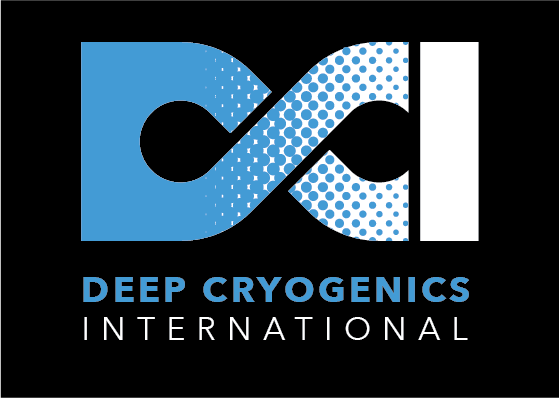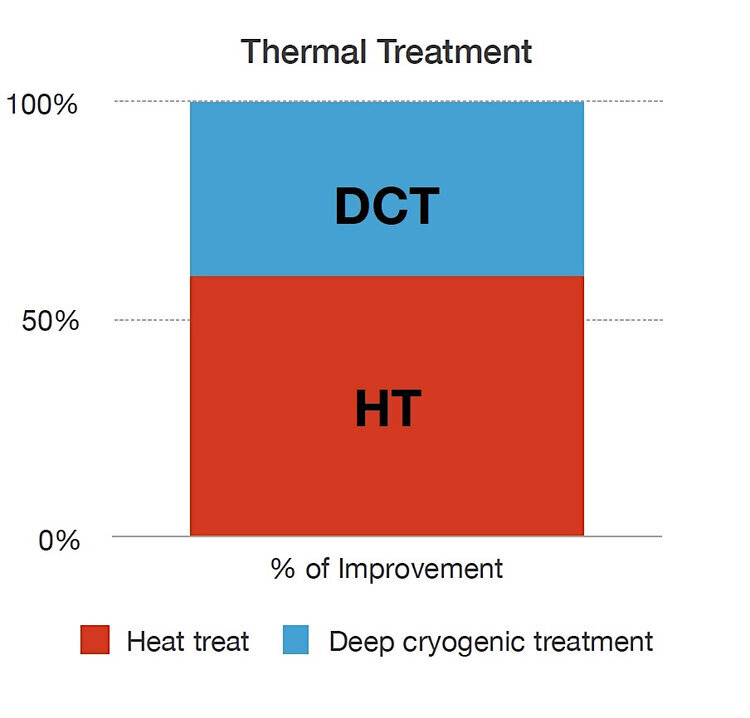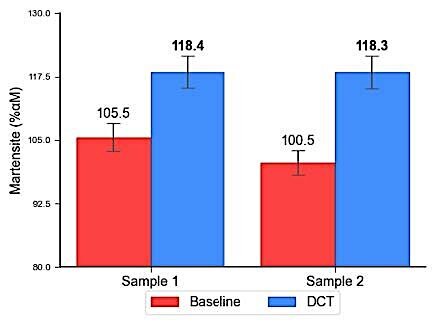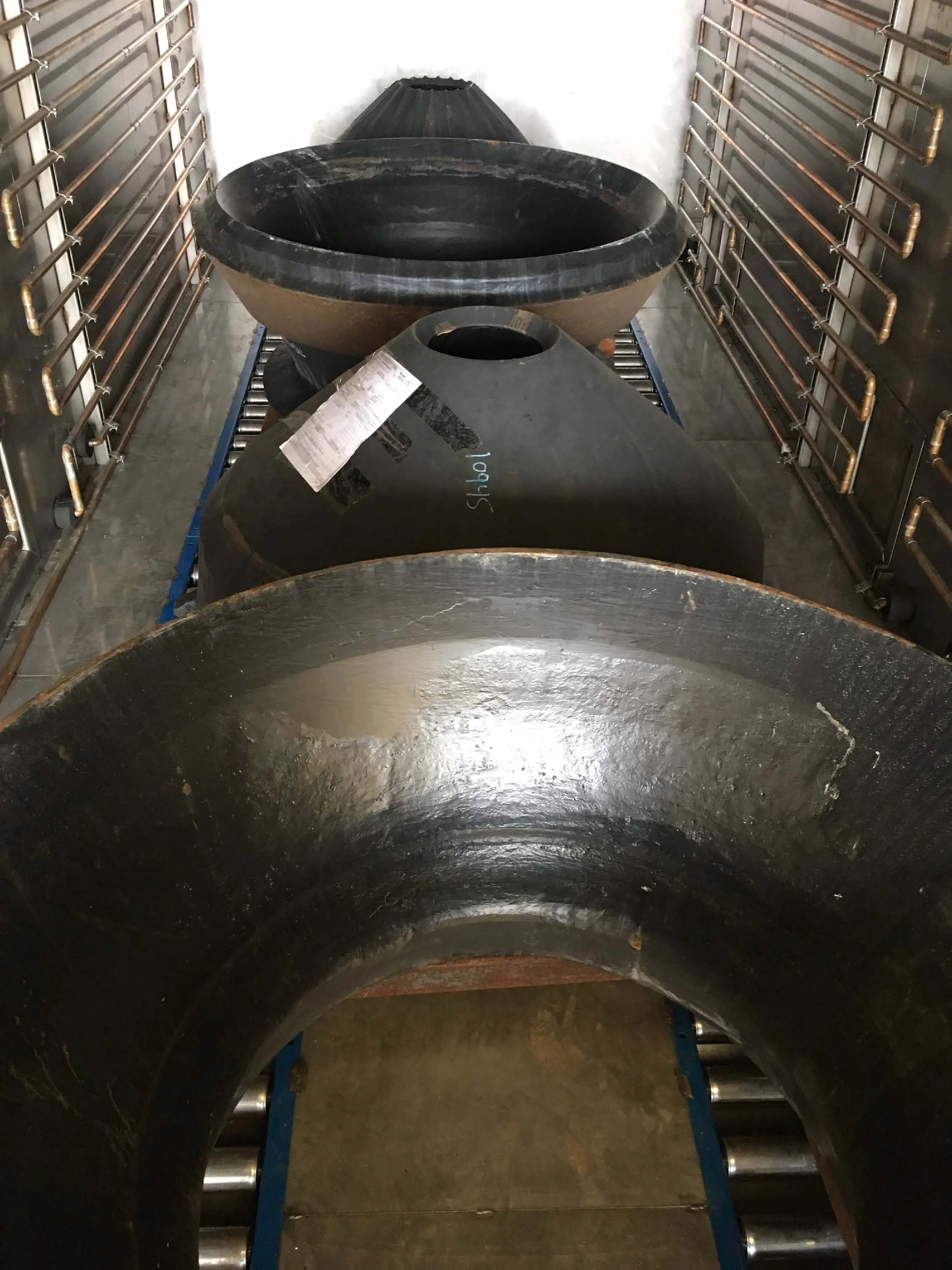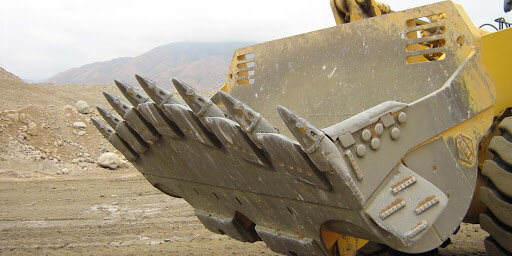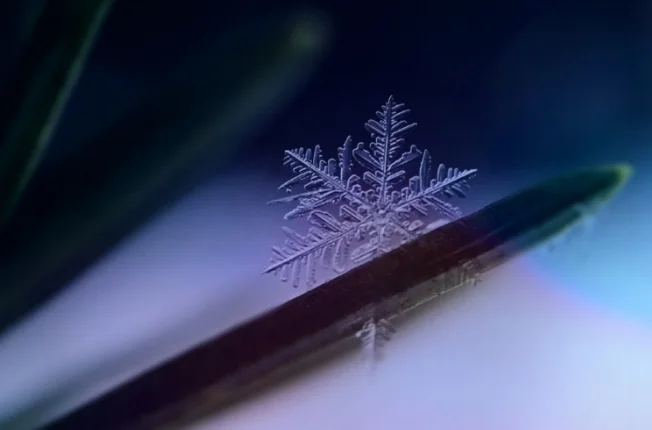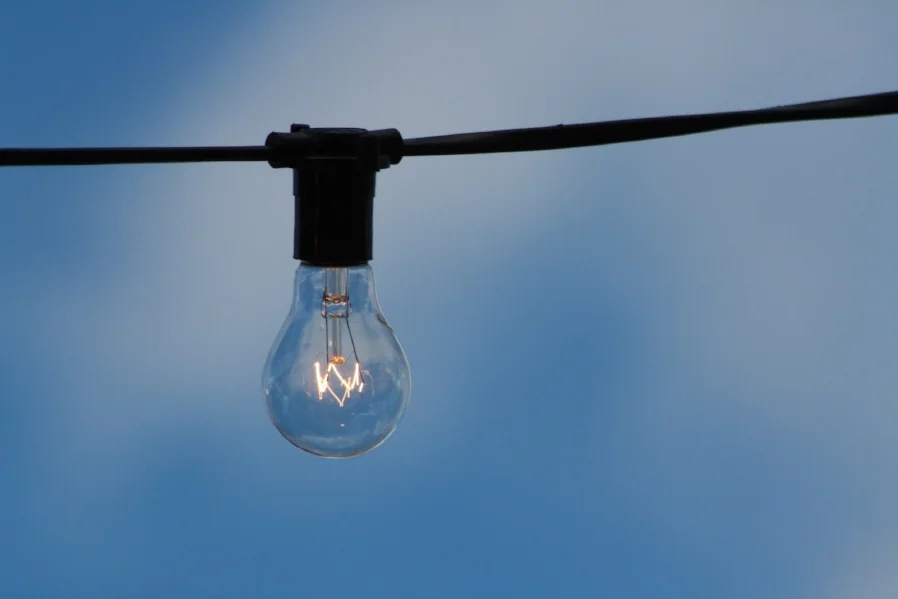Why perform deep cryogenic treatment?
To increase the wear life of mining, energy and construction equipment by 30%
what we do
We manufacture, lease and sell deep cryogenic treatment equipment
We perform applied research to support our customers
The Deep Cryogenic Treatment process
Deep cryogenic treatment (DCT) is a -320°F (-196°C) cold treatment process that permanently reduces wear, fatigue and corrosion by 20-40% (see DCT Mining). The process works by placing items in an insulated chamber. Liquid nitrogen is slowly introduced via copper coils using a computer control with feedback loops. The chamber temperature drops slowly as latent heat is removed by thermodynamic exchange. Once the desired temperature is reached the items remain in this low entropy state before gradually returning to room temperature. Then, items are tempered at approximately 250°F to restore ductility and eliminate hydrogen embrittlement. During this process, the liquid nitrogen transforms into a gas and returns to the atmosphere, where it comprises 78% of the air we breathe. DCT takes about 36 hours to complete. The process is low cost and highly effective. The deep cryogenic process is infinitely renewable and infinitely recyclable™ - an environmentally sound choice.
Although popularized by consumer use, deep cryogenics has its greatest impact extending the wear life of mining equipment such as:
Cone crusher mantles, liners and wear parts
slurry and paste pump castings
Shovel and bucket teeth
When and where to Perform Deep Cryogenic Treatment
Mining wear parts are usually castings made from 18 - 22% manganese, high chrome white iron or high carbon steel alloy. They are supplied by OEM’s, casting facilities or casting re-sellers. DCT is best employed just before customer use. The best location for a DCT facility is at or near a mine site or marshaling yard - taking advantage of the low cost process to improve multiple types of wear parts at the same time - like jaw and cone crusher mantles/liners, shovel and bucket teeth, gears and conveyer items. Although there are different treatment recipes to optimize different alloys, often a single recipe will capture 80% of the available improvement.
